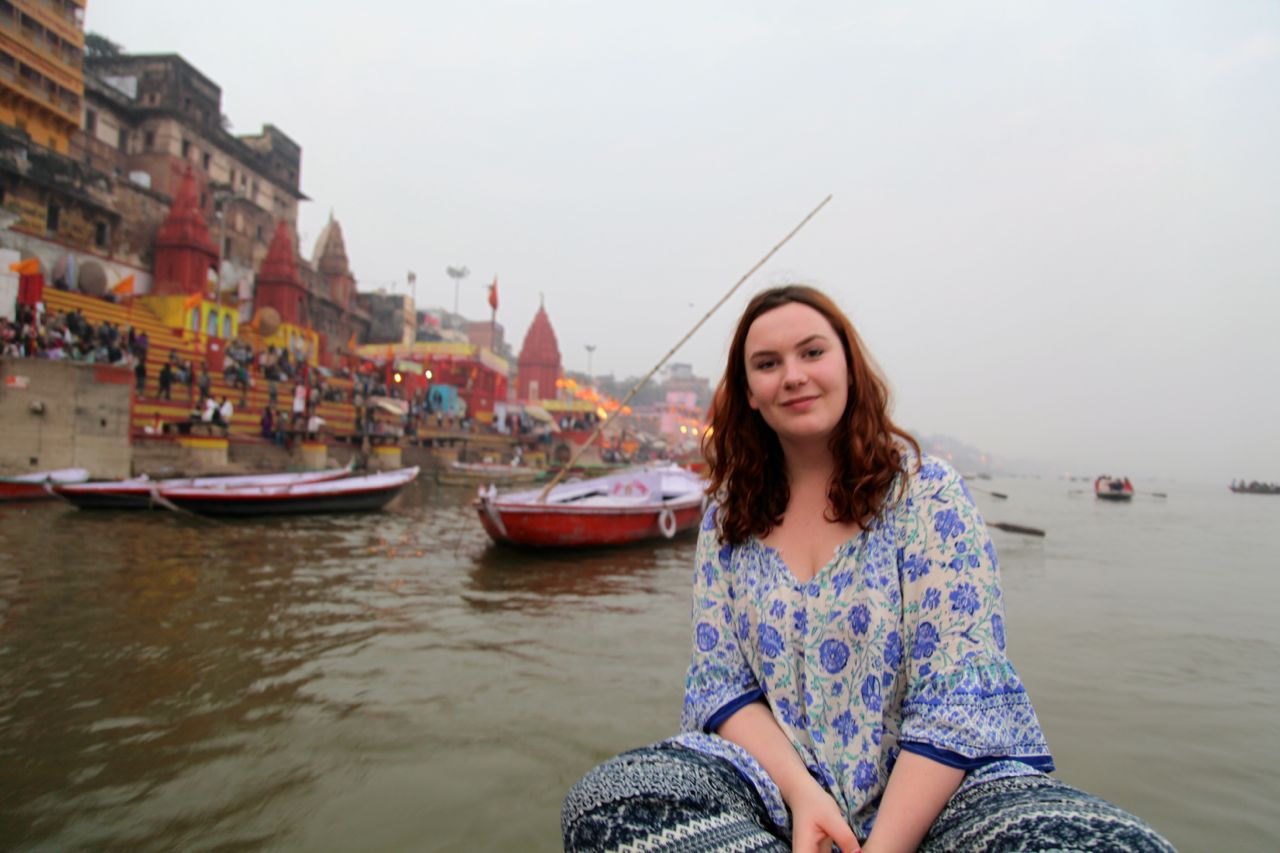Some notes on narratives from the Banston and Stafford reading:
Joesph Campbell studied the myths of different cultures and proposed that certain ambiguous archetypes were central to myth across all cultures and societies.
Vladmir Propp created eight character archetypes which he believed all characters from heroic folktales would fit into (hero, villain, donor, helper, princess, father, dispatcher, false hero), thirty-one events which move the plot. His was a very old fashioned and basic methodology, quite sexist too. Although it was the literature he studied that was sexist, not exactly the work.
Tzvetan Todorov had the idea that all stories began with an equilibrium, a peace, and then this was upset by something before returning to a different equilibrium.
Barthes‘ ideas were more complicated, he pointed out the “enigma code”, where little puzzles are set up throughout the story to prolong the ending in a pleasurable way. This isn’t always pleasurable though, and sometimes I feel like people do this unnecessarily in films just to stretch it out, or that it moves to blatantly from one puzzle to the next like a deliberate chain that almost insults the audience with its simplicity.
Syntagmatic relations– the structural order that a narrative follows
Syntagm– an element that follows another in a particular sequence
Paradigm– a class of ideas or objects
Levi-Strauss pointed out that narratives are binary, there are two conflicting sides. And I thought he only made jeans.
The stuff covering narrative was quite basic, covering sensical revelations, first/third person voice etc. I did like the point about how in short narratives, like ads, narrative can be established by certain signs, appearance of characters, setting, etc. The product will often be Propp’s ‘hero’ in this case.
Photography can use narrative in the way that the power in the photograph lies in what the viewer is lead to believe may have just happened or may be about to happen. In this way it has a story.
Cinema is time based, more being told and shown than anything.
Radio is also time based, but is quite dynamic and limited at the same time.
Institutional and industrial demands are kind of like the protocols of the internet. They are developed by the creators and users of the media, and are limited by technological advancements and also the format of the media being used.
Closed narrative ends, like a film or a novel with no sequel. Characters have a hierarchy, there are fewer characters, time and events are particular to and in the story, time is compressed, the same audience is assumed to watch from beginning to end, music and visual image is elaborate.
Open narrative continues, like television shows. Are more casual, as if it could go on forever, no end drawing nearer and no conclusions to expect or be drawn to, more characters naturalistically represented, characters are not hierarchical but come in and out of prominence as needed by the plot, characters can shift narrative role, time often is like real world time, the time makes broad references and is not particular to one period, each episode has to try and address both new and old watchers, more simple and less music, often has many storylines.
Some movies also follow an almost non-linear narrative path that echoes the non-linear narrative paths of computer use. This can be to advertise other products that the viewer could turn to in order to extend and manipulate the narrative but also in movies such as Sliding Doors where it is a tool to develop a complex story.

 This week I went to visit the NGV, and check out the new works there. Something I noticed was there is now a lot of media art on exhibition, whereas a few years ago it was mainly paintings and stills.
This week I went to visit the NGV, and check out the new works there. Something I noticed was there is now a lot of media art on exhibition, whereas a few years ago it was mainly paintings and stills.